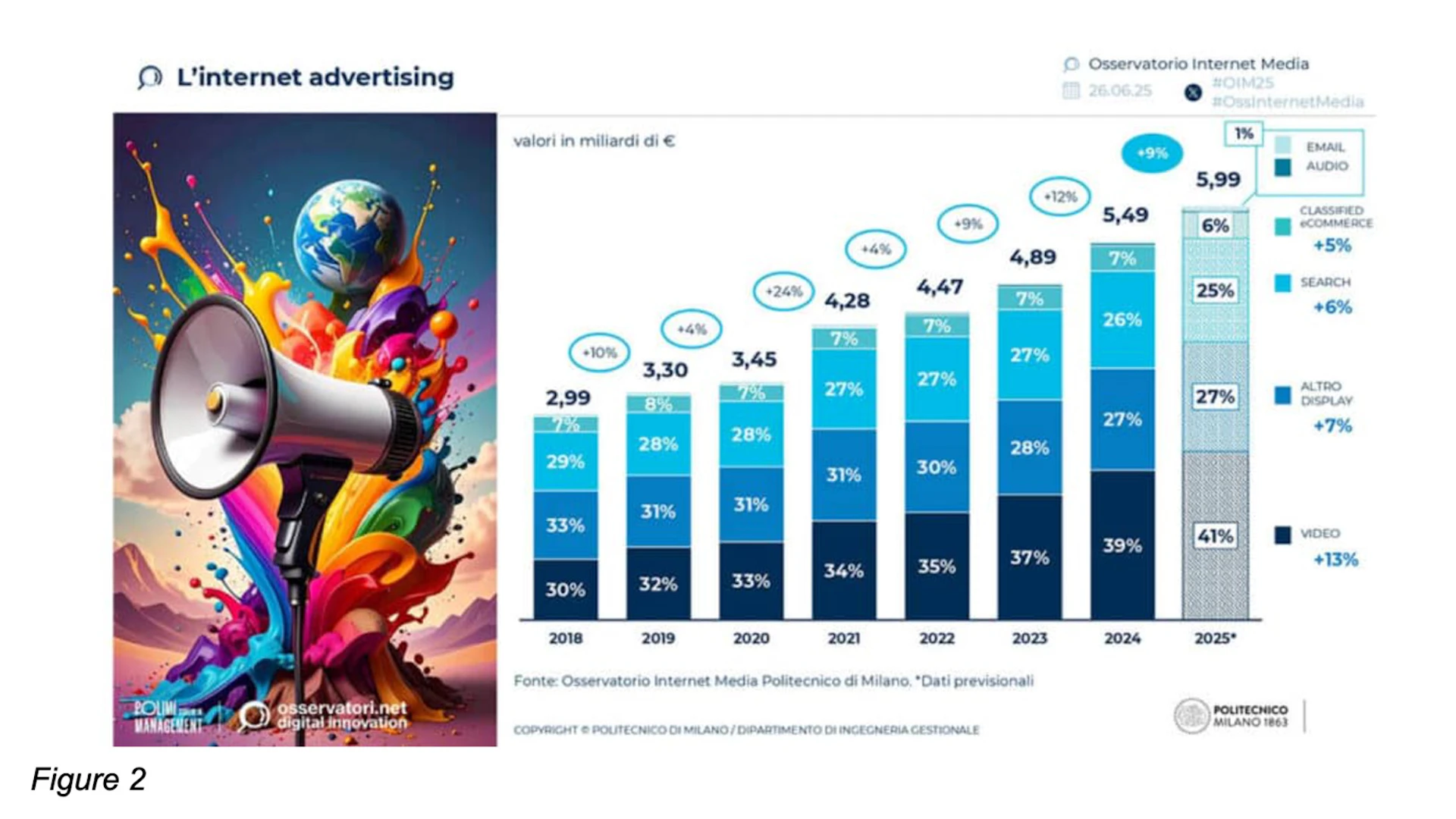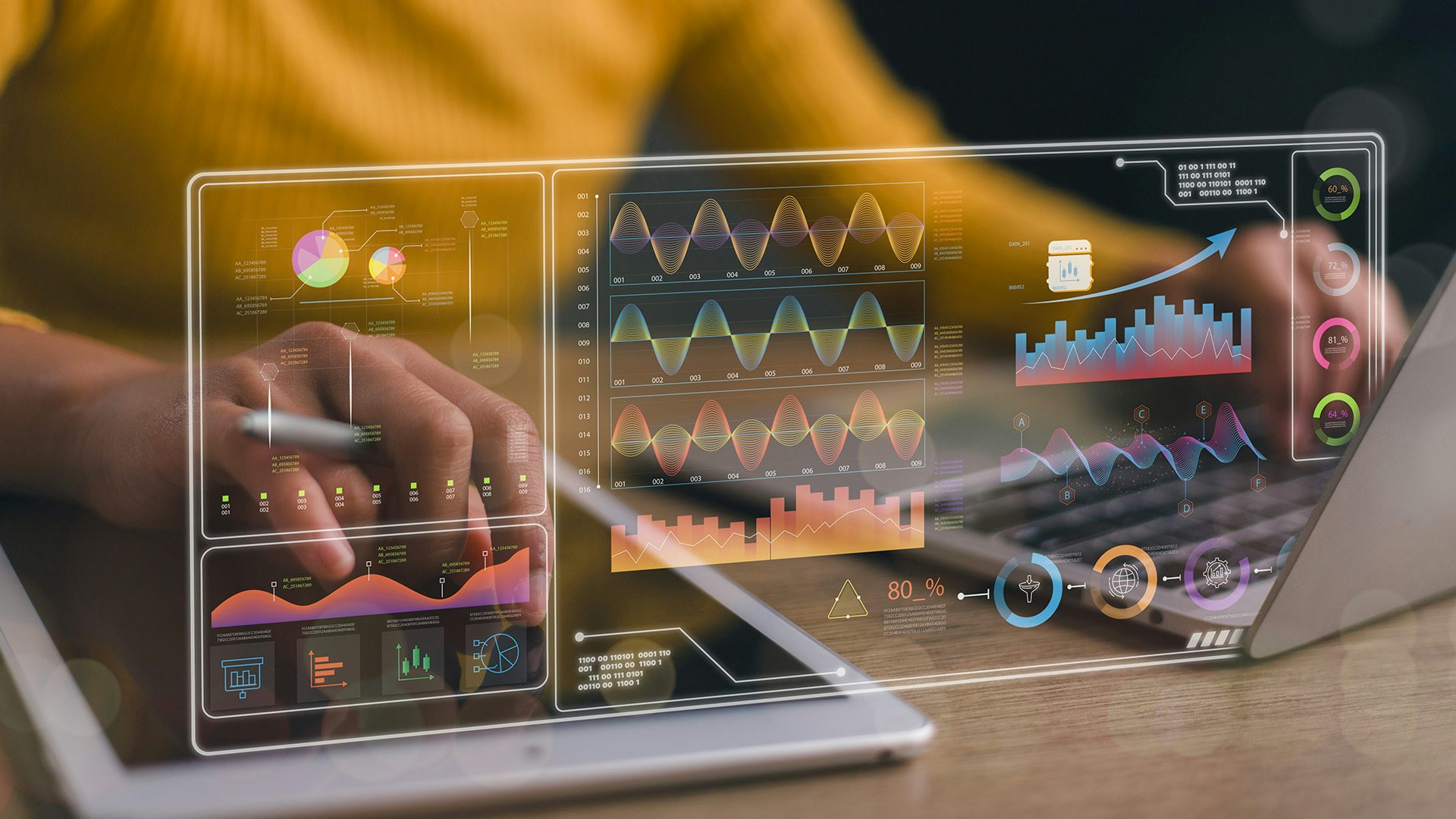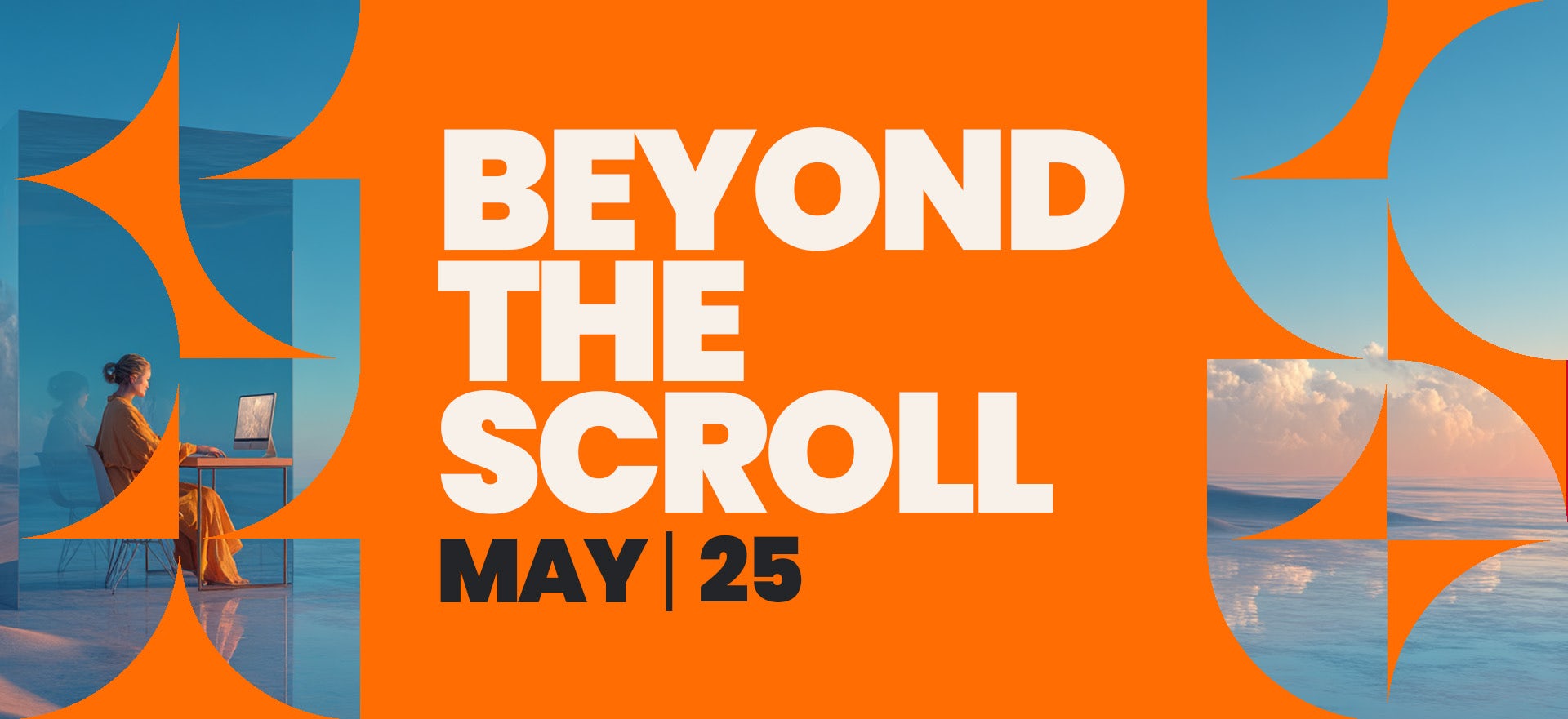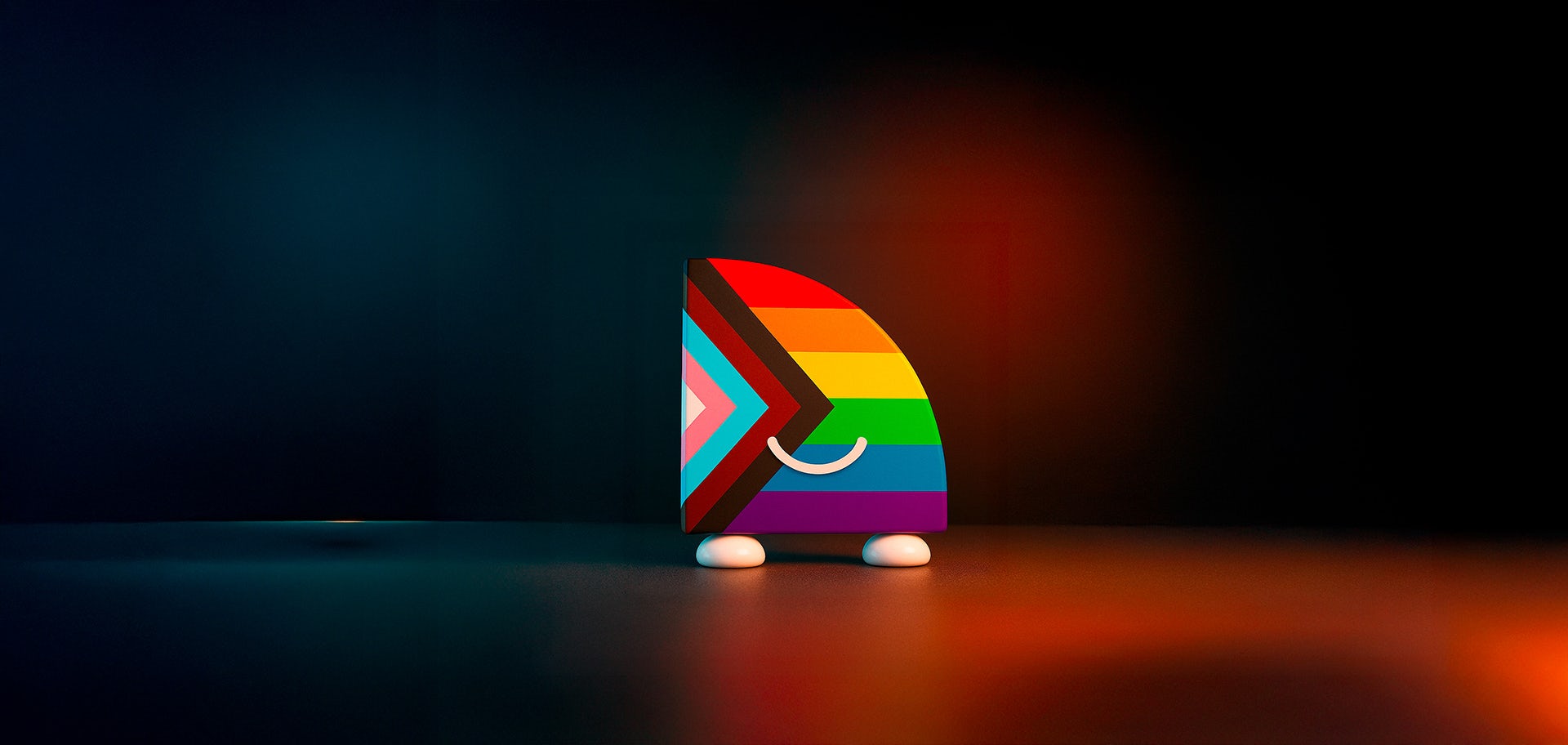Il 26 giugno abbiamo partecipato al convegno “Il nuovo equilibrio dell’advertising: tra innovazione, misurazione e sostenibilità”, organizzato dal PoliMI - Politecnico di Milano¹. Questa è stata un’occasione preziosa per riflettere, insieme ad altri professionisti, sulle trasformazioni del mercato pubblicitario digitale, con uno sguardo attento ai formati e al loro ruolo strategico.
In un contesto di crescita accompagnata da un’instabilità economica di fondo, emerge l’urgenza di una pianificazione sempre più data-driven, capace di coniugare innovazione e efficacia misurabile.

Il mercato pubblicitario italiano chiude il 2024 a 11,1 miliardi di euro, con una previsione di crescita moderata fino a 11,7 miliardi nel 2025: un dato incoraggiante ma da leggere con cautela, alla luce anche del quadro geo-politico. In situazioni di incertezza, infatti, la comunicazione è spesso tra le prime voci di spesa a subire tagli, rendendo la flessibilità una caratteristica essenziale nelle pianificazioni delle strategie dei brand.
In questo scenario, il Digital Advertising si conferma come il comparto degli investimenti pubblicitari che sostiene la crescita, grazie alla sua capacità di offrire soluzioni sempre più mirate. Qui i brand ridefiniscono il loro modo di comunicare con le audience, abilitando strategie più agili, personalizzate e full-funnel². Questo cambiamento non è solo strategico, ma si riflette anche nei numeri. Si prevede che il Digital Advertising arriverà a rappresentare nel 2025 il 51% della raccolta complessiva, con conseguente contrazione degli altri mezzi tradizionali, come rappresentato nel grafico (Figura 1)³.
Una crescita che, pur confermando la centralità del digitale, impone nuove riflessioni su quali strumenti e linguaggi utilizzare per raggiungere il core target in modo realmente efficace.

Il grafico in Figura 2 mostra come il Digital Advertising in Italia sia destinato a raggiungere i 5,99 miliardi di euro nel 2025, secondo le stime dell’Osservatorio Internet Media. Tra i formati, il video si conferma al centro delle strategie, con una quota prevista del 41% e una crescita annua del +13%. Anche display e search advertising mantengono un ruolo rilevante, con dinamiche positive (+7% e +6%), mentre l’audio inizia a ritagliarsi uno spazio all’interno del mix, sostenuto da nuove abitudini di fruizione.
Quindi, in uno scenario sempre più articolato, come possiamo coinvolgere il pubblico in modo efficace?
Questi dati confermano un mercato in evoluzione, sempre più orientato a contenuti ad alta attenzione e approcci full-funnel, dove la scelta dei formati risponde alla necessità di presidiare touchpoint diversificati e momenti di consumo eterogenei.
L’affermazione del video come leva strategica
Tra i formati digitali più impattanti, il video advertising continua ad affermarsi come il formato principale, confermando la propria centralità nelle strategie di comunicazione digitale. Il grafico in figura 2 evidenzia una crescita costante: la quota di mercato è passata dal 30% nel 2018 a un valore previsto del 41% nel 2025, con un incremento del +13% solo nell’ultimo anno⁵.
Una delle ragioni principali dell’ascesa del video è l’aver trovato terreno fertile soprattutto in ambienti mobile first, dinamici e centrati sull’utente, dove l’interazione con i contenuti è fluida, rapida e spesso immersiva.
Questa evoluzione riflette il ruolo sempre più centrale dei contenuti audiovisivi nelle strategie di comunicazione digitale, grazie alla loro capacità di generare engagement, raccontare storie in modo immediato ed emozionale e adattarsi ai diversi dispositivi e piattaforme. Inoltre, una ricerca condotta da ANSA⁶ conferma quanto emerso durante il convegno, mostrando come il consumo di video online sia in costante aumento, anche grazie alla diffusione delle piattaforme social e di streaming, che incentivano gli investimenti pubblicitari in questo formato. La tendenza mostra quindi come il video sta consolidando la propria posizione in quanto si adatta ai comportamenti spontanei dell’utente: accompagna lo scroll, utilizza un linguaggio visivo e sonoro contemporaneo, favorisce la personalizzazione e incoraggia l’engagement.
Riteniamo infatti che l’evoluzione delle piattaforme social abbia contribuito a rafforzare questo trend. L’avvento di TikTok ha senz’altro dato un boost a questa tipologia di contenuti, spingendo anche player già affermati come Instagram, Facebook e YouTube ad adattarsi a formati video brevi, verticali e nativi per il feed. In questo nuovo ecosistema digitale, il video non è più un’opzione, ma si impone come linguaggio dominante della comunicazione online.
Oltre il video: l’espansione dell’offerta pubblicitaria digitale
Un altro formato affrontato durante il convegno, anch’esso in crescita all'interno del panorama pubblicitario, è l’audio. L’audio si sta affermando come una forma di comunicazione dal grande potenziale, grazie alla sua capacità di catturare l’attenzione in momenti unici. Infatti, permette di intercettare il target in attimi di fruizione esclusivi, come, ad esempio, durante il commuting o in altre attività quotidiane [durante un allenamento in palestra, la spesa, le pulizie di casa etc] creando un solido contatto senza bisogno di uno schermo. Podcast sponsorizzati, annunci audio su piattaforme come Spotify, SoundCloud, Deezer e Apple Music e contenuti nativi nelle app sono solo alcune delle modalità con cui l’audio sta entrando nel mix pubblicitario.
Per questi motivi, video e audio si confermano asset strategici non solo per l’alto potenziale di coinvolgimento, ma anche per la loro versatilità nel rispondere a obiettivi diversi, dalla brand awareness fino ad arrivare, in alcuni casi, alla conversione.
In questo contesto, anche noi nella nostra esperienza abbiamo avuto modo di testarne direttamente l’efficacia, riscontrando risultati significativi sia in termini di performance che di capacità di generare una relazione autentica con il pubblico. In particolare, nel settore beauty, abbiamo osservato come il formato video possa risultare particolarmente efficace anche in campagne orientate al traffico. Nello specifico, abbiamo testato il formato in attività drive to channel, rilevando come sia riuscito a comunicare in modo coerente l’identità del brand rafforzando le motivazioni per cui l’utente potrebbe scegliere di seguire il canale e restare aggiornato sui suoi contenuti.
SUNTIMES: cosa ci portiamo a casa
Come visto, in uno scenario in cui i budget destinati alla comunicazione vengono spesso ridotti o riassegnati, i brand sono chiamati a compiere scelte strategiche, selettive e profondamente connesse al contesto in cui operano.
La pianificazione media oggi richiede flessibilità e capacità di adattarsi rapidamente ai cambiamenti esterni e alle dinamiche di mercato, mantenendo però un contatto costante con le audience di riferimento e un ascolto attento dei loro comportamenti.
Questo significa pensare a strategie che trascendono le piattaforme dove il contenuto sia in grado di raccontare il brand su qualunque touchpoint. Questo implica come il formato video possa rappresentare il giusto collegamento tra le persone e il brand.
Credits
SUNTIMES
Eleonora Cisini - Junior Media Planner
Gabriele Coviello - Junior Media Planner
Guglielmo Vanasia - Senior Media Planner
FONTI
¹ Osservatori.net (2025). Il nuovo equilibrio dell’advertising: tra innovazione, misurazione e sostenibilità.
² McKinsey & Company (2025), The evolution of commerce media: Navigating a new era in
³ IAB Europe (2025), AdEx Benchmark Report 2024.
⁴ eMarketer (2024), Digital Video Forecast and Trends Q4 2024.
⁵Statista (2025), Digital advertising in Italy - statistics & facts.
⁶ANSA (2025). Gli italiani usano 6 piattaforme online al mese, cresce TikTok.




